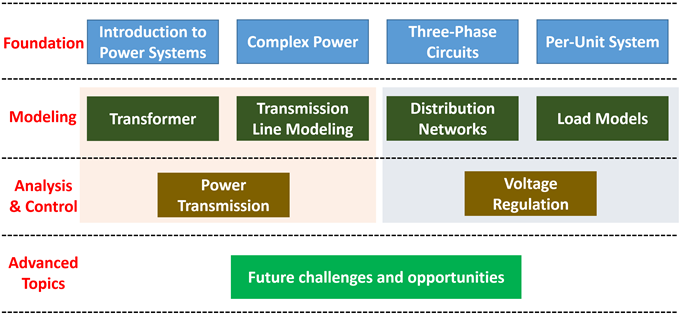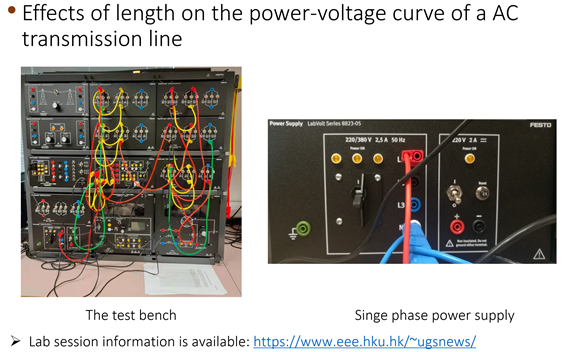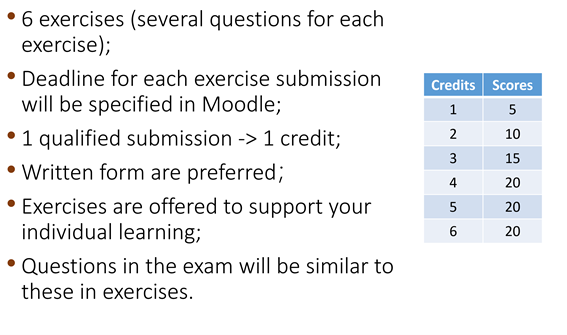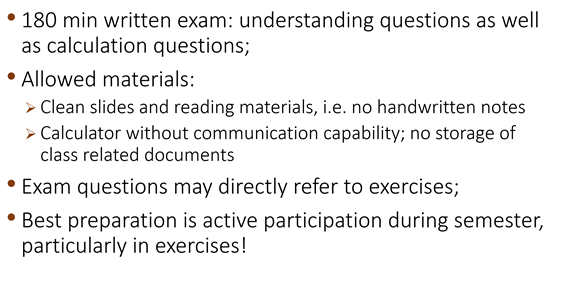ELEC3141 Power Transmission and Distribution
The course aims at providing a detailed understanding of power transmission and distribution systems. The emphasis is on the mathematical models and equivalent circuits of power transmission lines and the basic structure of distribution systems. The model for high voltage transmission systems is the basis for power system analysis and operation. The introduction of distribution systems provides a basic understanding of how power is distributed to customers and the technologies applied in power distribution. Several advanced topics in power systems will also be covered if time permits.
Learning outcome
to name the main components in an electric power system and to describe the structure and functionalities of these components
to explain what active/reactive and three-phase power is and to explain the dependencies between active/reactive power and voltage magnitudes and angles
to establish equivalent or approximated models for transformers and transmission lines
to understand the characteristics of different kinds of transformers
to use the models for transmission lines to derive such dependencies, including the cases of surge impedance, open circuit, and short circuit
to read and sketch substation layouts in distribution systems, name important components and explain basic switching operations
to know voltage issues in distribution systems and voltage regulation methods
to describe characteristics of loads at different levels and to understand the ZIP model for loads
to know several advanced topics for power transmission and distribution
Instructor and TAs
Instructor: Dr. Yi Wang
TAs: Mr. Dalin Qin
Syllabus
The course includes four levels with 11 topics, as shown in the following figure. The first level contains several foundations, including basic introduction, complex power, three-phase circuit, and per-unit system; the second level provides modeling approaches for transformer, transmission line, distribution network, and loads; the third level discusses power transmission in the transmission system and voltage regulation in the distribution system; the fourth level introduces several emerging topics and techniques for future power systems.
 |
More details of each topic, such as slides, reading materials, and vivid examples, will be provided along with the course teaching.
Introduction to power systems (basic functionality, energy structure, generation-transmission-distribution-consumption structure)
Complex power (phasor representation, active and reactive power, power factor, conversation of power)
Three-phase circuits (three phase voltages and currents, three-phase power, one-line diagram, delta and Wye connections)
Per-unit system (advantage of p.u. system, base value selection, change of bases, p.u. system for three-phase circuits)
Transformer (equivalent circuit of transformers, transformer test, three-phase transformer, harmonic in transformer)
Transmission line modelling (series impedance and parallel conductance of overhead lines, wave equations, pi/T model)
Power transmission (surge impedance loading, short circuit, open circuit, nose curve, loadability of transmission line)
Distribution networks (primary power distribution systems, substation, distribution transformer, bus system)
Load models (diversified demand, feeder load, ZIP model)
Voltage regulation (voltage drop, k-factor, autotransformers, step-voltage regulators, line drop compensator)
Future challenges and opportunities (Big data analytics, power electronics, and ICT in power systems)
Virtual Lab
Phasors visualization and complex power calculation (link)
Three-Phase AC Circuit Simulator (link)
Three-phase transformer connections (link)
Waves within the transmission line (link)
Power transmission under different situations (link)
Textbook
William H. Kersting, Distribution System Modeling and Analysis, CRC Press, 3rd Edition, 2012.
J.D. Glover, M.S. Sarma, T. J. Overbye, Power System Analysis and Design, Cengage Learning, 5th Edition, 2012
Turan Gonen, Electric Power Distribution Engineering, CRC Press, 2014.
A. R. Bergen, and V. Vittal, Power System Analysis,2nd ed., Prentice Hall, 2000.
Assessment
10% practical work — Experiment;
 |
20% continuous assessment — Exercises;
 |
70% examination — Exam.
 |